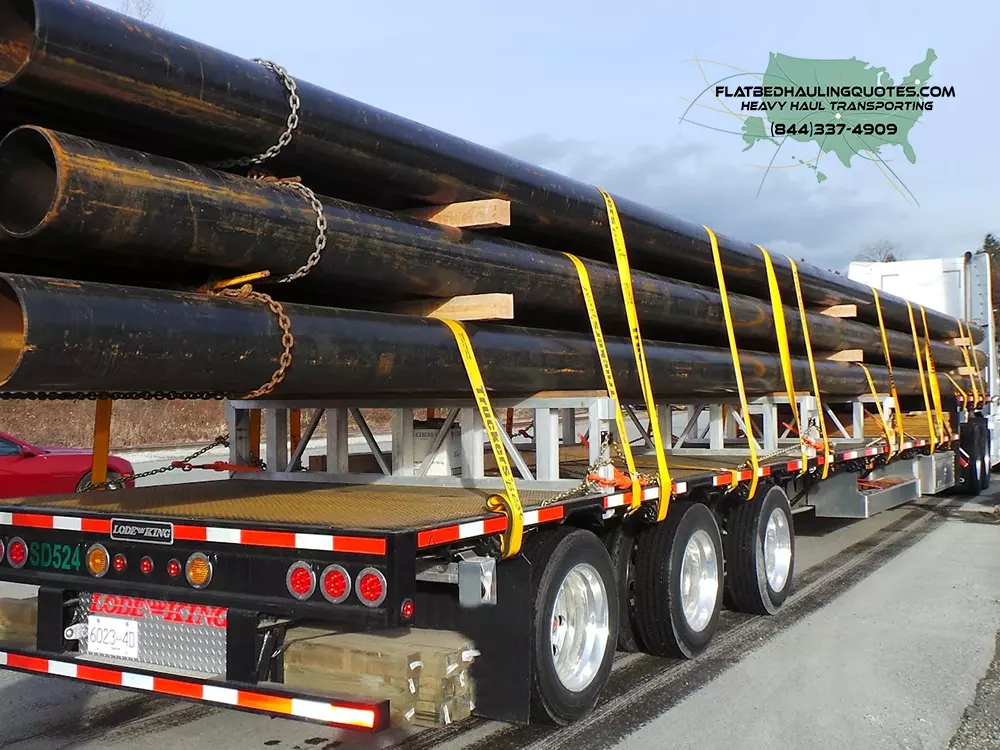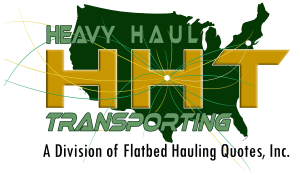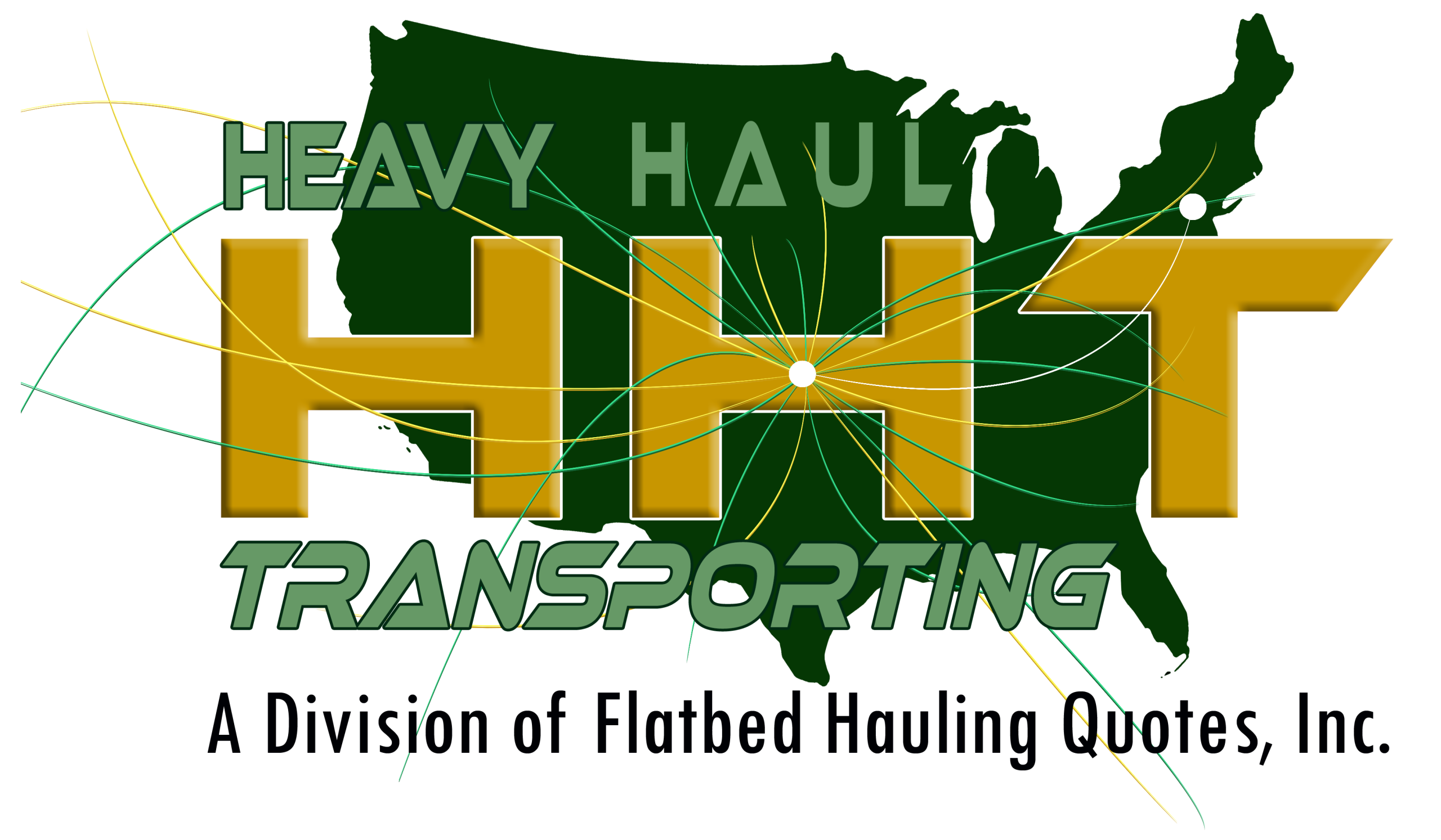Steel Pipe Transport
Flatbed Equipment Movers
Flatbed Heavy Haulers
Super Heavy Haul Trailers

Steel pipe transport is vital in industries like construction and oil and gas, where these components play a crucial role. To ensure the success and safety of your transportation operation via flatbed trucks, it’s essential to focus on proper planning, load securement, and strict adherence to regulations. Proper transportation planning, load securement, and compliance with regulations are all crucial factors in ensuring a safe and successful steel pipe transport operation using Flatbed Heavy Haulers and flatbed trucks. In this blog, we will discuss the various aspects of steel pipe transport on flatbed trucks, including types of steel pipes, the role of flatbed trucks, route planning and load securement requirements, and regulatory compliance.
Transporting steel pipes on flatbed trucks with super heavy haul trailers demands expertise and precision in the logistics industry. This intricate task requires the collaboration of experienced professionals, including flatbed equipment movers, flatbed freight haulers, and flatbed heavy haulers. From flatbed freight companies to flatbed hauling companies, the process involves a synchronized effort to ensure the safe and efficient movement of these bulky and weighty loads.
Understanding Steel Pipe Transport
A.Types of Steel Pipes
Steel pipes come in various types, including seamless, welded, galvanized, and coated pipes. These pipes also vary in size, length, and weight, which can impact transportation requirements. For example, large and heavy steel pipes require flatbed trucks with higher loading capacity and specialized equipment for loading and unloading.
B. Flatbed Trucks for Steel Pipe Transport
Flatbed trucks are an ideal choice for transporting steel pipes due to their versatility, loading capacity, and accessibility. Flatbed trucks come in different types, including standard flatbeds, step decks, and lowboys, with specific features and limitations. For example, lowboys are suitable for transporting large and heavy steel pipes, while step decks are ideal for mid-sized pipes.
Preparing for Steel Pipe Transportation
A. Route Planning and Permitting
Route planning is critical for steel pipe transport, considering overhead clearance, weight restrictions, road conditions, and special permits required. Resources such as state transportation departments and online mapping platforms are available for route planning. Proper permitting is essential for compliance with regulations and avoiding potential legal issues during transportation.
B. Load Securement and Safety
Proper load securement is necessary to ensure safe steel pipe transportation. Utilizing chains, binders, straps, and edge protectors can prevent the load from shifting or damaged during transport. Adhering to load securement regulations and best practices ensures safety for the driver, cargo, and other road users.
Loading and Unloading Procedures
A. Loading Steel Pipes onto Flatbed Trucks
The recommended Flatbed Heavy Haulers loading procedures involve using cranes, forklifts, or specialized equipment to safely load steel pipes onto the flatbed. The load must be evenly distributed, and the pipes should be appropriately secured to prevent movement during transit.
B.Unloading Steel Pipes from Flatbed Trucks
The unloading process involves using appropriate equipment to unload steel pipes from a flatbed truck. Proper safety precautions are necessary to prevent accidents and cargo damage.
Compliance and Legal Considerations
A. Regulatory Requirements
Regulations and legal requirements for steel pipe transport include weight limits, permits, and escort requirements. Compliance with applicable federal, state, and local regulations is essential to avoid potential legal issues.
B. Insurance and Liability
Proper insurance coverage for steel pipe transportation protects against potential damage, accidents, or loss. Understanding contractual obligations and potential liabilities associated with steel pipe transport is crucial.
In conclusion, steel pipe transport on flatbed trucks by Flatbed Equipment Movers is vital for many industries, and proper planning, safety measures, and compliance with regulations ensure successful and safe transportation. Consult with industry professionals or transportation experts, such as Heavy Haul Transporting, to receive guidance tailored to your unique transportation needs.
Steel pipe transport on flatbed trucks is a common practice in the transportation industry. Many different industries require steel pipes to be transported, such as the construction industry, the oil and gas industry, and the manufacturing industry, among others.
Transporting steel pipes can be challenging if specific safety measures are not followed. Moreover, transporting steel pipes on flatbed trailers requires careful planning and organization. In this blog, we will share some tips and best practices to ensure safe and efficient steel pipe transport on flatbed trucks.
Strip Loading and Pyramid Loading
There are two main ways to stack steel pipes on flatbed trailers: strip loading and pyramid loading. Strip loading is the preferred method of stacking steel pipes, as it maximizes the number of pieces of pipe per truckload while considering the size and weight of the pipe. Strip loading is commonly used for yard-to-yard or yard-to-rail shipment because pipes can be loaded and unloaded via forklift, and in larger quantities.
Pyramid loading, on the other hand, is typically used for yard or warehouse to jobsite transport. It provides the maneuverability required to navigate through obstacles and can accommodate lifting through methods other than a forklift. This flexibility is necessary when transporting to a jobsite.
Hazards to Watch Out for When Loading Steel Pipes
Loading steel pipes onto a flatbed trailer is a process that requires attention to safety and significant planning. Here are some hazards to watch out for when loading steel pipes onto a flatbed trailer:
– Weight of the load lifted: Steel pipes can weigh hundreds or even thousands of pounds, presenting a significant risk of injury if not lifted correctly.
– Improper selection of equipment for loading and unloading tasks: Using the wrong equipment or improperly operating the machinery can cause damage to the vehicle or the cargo.
– Uneven and/or shifted loads: This reduces the overall stability of the load and can even cause the vehicle to tip over.
– Missing or damaged strapping/tie-downs: This can result in the pipes falling off the trailer during transport.
– Potential energy stored in the load: Steel pipe can store potential energy, leading to hazardous conditions when being moved.
– Proximity of the operation to overhead power lines or other structures: This is a common problem when transporting steel pipes, especially when loading or unloading near buildings or power lines.
– Worker safety when working from an elevated position: Mounting the flatbed trailer, even with caution, can lead to workers’ injuries.
Steel Pipe Transport Best Practices
Safe and efficient steel pipe transport on flatbed trucks requires following a series of best practices. Here are some best practices to consider:
Visual Inspection
Before using any rigging, it should be visually inspected to ensure that it is suitable for the lifting operation. The inspection should be performed thoroughly and document the inspection’s findings.
Right Materials
All materials used for transporting steel pipes must be of sufficient width to prevent damage to or shift of the cylindrical stock. Strapping/ tie-downs, chocks on deck or in the pockets on trailer edges, or similar devices should be padded to prevent damage or shift of the cylindrical stock when applicable.
Proper Selection of Lifting Rigging
Steel pipes should be lifted using the proper rigging, such as chains, slings, straps or vacuum lifts. Only qualified operators must run the lifting equipment.
Ground Conditions
The ground conditions must be taken into consideration when loading and transporting steel pipes. Changes in ground conditions can affect the trailer’s stability and lead to accidents.
Steel pipe transport on flatbed trucks is a complex process that requires careful planning and execution. Loadstar Transportation is fully equipped to handle all your flatbed trucking needs, providing safe and efficient transportation services for your cargo.
As a flatbed heavy hauler, we specialize in providing oversize load trucking services across the United States. Contact Heavy Haul Transporting at (800) 579 4258 for expert transportation services. Whether you’re looking for flatbed shipping companies, oversize heavy haul trucking, flatbed heavy haulers, oversize load hauling, or other specialized services, we can help. Trust us with your steel pipe transport on flatbed trucks and other heavy equipment needs.
Hauling Oversized Loads from Nebraska to Alabama
Hauling Oversized Loads from Nebraska to Arkansas
Hauling Oversized Loads from Nebraska to Arizona
Hauling Oversized Loads from Nebraska to California
Hauling Oversized Loads from Nebraska to Colorado
Hauling Oversized Loads from Nebraska to Connecticut
Hauling Oversized Loads from Nebraska to Delaware
Hauling Oversized Loads from Nebraska to Florida
Hauling Oversized Loads from Nebraska to Georgia
Hauling Oversized Loads from Nebraska to Idaho
Hauling Oversized Loads from Nebraska to Illinois
Hauling Oversized Loads from Nebraska to Indiana
Hauling Oversized Loads from Nebraska to Iowa
Hauling Oversized Loads from Nebraska to Kansas
Hauling Oversized Loads from Nebraska to Kentucky
Hauling Oversized Loads from Nebraska to Louisiana
Hauling Oversized Loads from Nebraska to Maine
Hauling Oversized Loads from Nebraska to Maryland
Hauling Oversized Loads from Nebraska to Massachusetts
Hauling Oversized Loads from Nebraska to Michigan
Hauling Oversized Loads from Nebraska to Minnesota
Hauling Oversized Loads from Nebraska to Missouri
Hauling Oversized Loads from Nebraska to Mississippi
Hauling Oversized Loads from Nebraska to Montana
Hauling Oversized Loads from Nebraska to Nebraska
Hauling Oversized Loads from Nebraska to Nevada
Hauling Oversized Loads from Nebraska to New Hampshire
Hauling Oversized Loads from Nebraska to New Jersey
Hauling Oversized Loads from Nebraska to New Mexico
Hauling Oversized Loads from Nebraska to New York
Hauling Oversized Loads from Nebraska to North Carolina
Hauling Oversized Loads from Nebraska to North Dakota
Hauling Oversized Loads from Nebraska to Ohio
Hauling Oversized Loads from Nebraska to Oklahoma
Hauling Oversized Loads from Nebraska to Oregon
Hauling Oversized Loads from Nebraska to Pennsylvania
Hauling Oversized Loads from Nebraska to Rhode Island
Hauling Oversized Loads from Nebraska to South Carolina
Hauling Oversized Loads from Nebraska to South Dakota
Hauling Oversized Loads from Nebraska to Tennessee
Hauling Oversized Loads from Nebraska to Texas
Hauling Oversized Loads from Nebraska to Utah
Hauling Oversized Loads from Nebraska to Vermont
Hauling Oversized Loads from Nebraska to Virginia
Hauling Oversized Loads from Nebraska to Washington
Hauling Oversized Loads from Nebraska to West Virginia
Hauling Oversized Loads from Nebraska to Wisconsin
Hauling Oversized Loads from Nebraska to Wyoming



